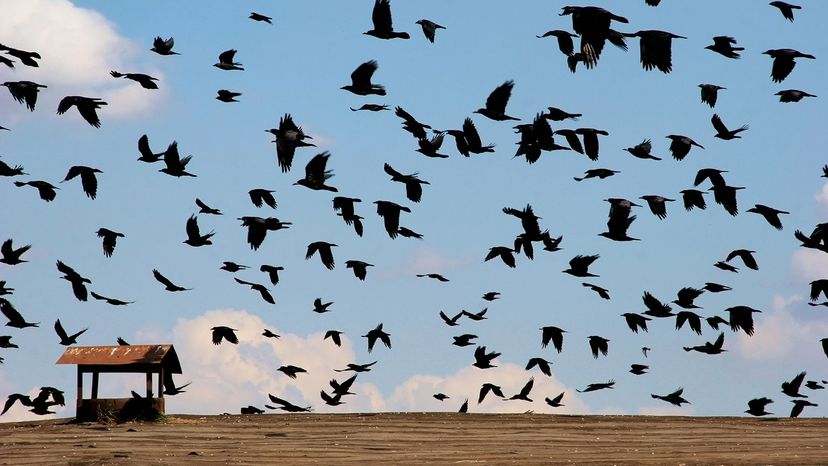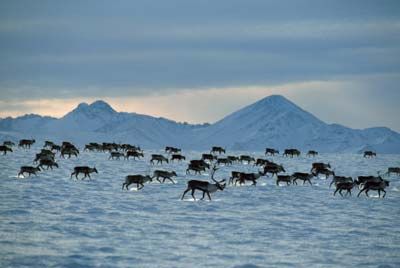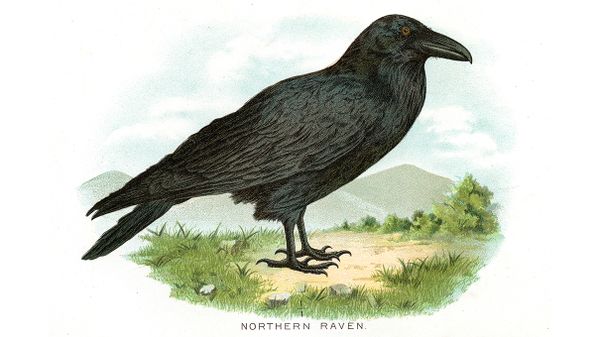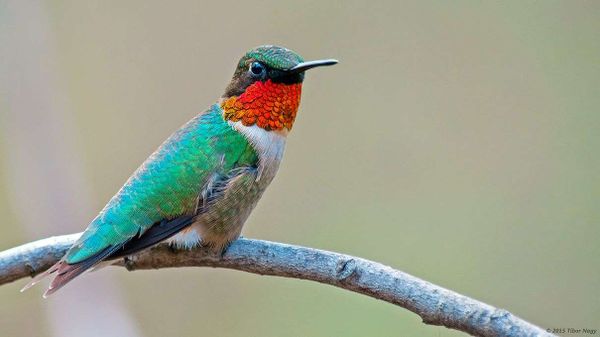
Birds of a feather don't always flock together. In the world of birds,migratory habitsare common. There are,at a minimum, 9,000 to 10,000 living avian species. About4,000of them have been observed making regular, large-scale journeys in pursuit of food, nesting sites or other resources.
Yet no species is a monolith. Animals are individuals, and two members of the same species might behave in very different ways. The same is true of creatures who live side by side for part of the year. Often, a local population of birds, fish or hoofed mammals will be split between individuals who migrate on a regular basis and others who stay put all year round. Scientists have a name for this phenomenon: "partial migration."
Advertisement
"Lots of bird species are partial migrants, especially at higher latitudes," says Hamilton College ecologist Andrea K. Townsend in an email exchange. "More than a third of birds that breed in Europe for example have been classified as partially migratory. Some of our most familiar birds like blue jays, American robins, and Killdeer are partial migrants."
Our feathered friends don't have a monopoly on the practice. "There are many other partial migratory species, ranging from killer whales and Chinook salmon to field voles and field crickets," adds Townsend. Moose, red deer and white perch fish also havedisplayedan affinity for this individual-oriented migration style. So have Hawaiiantiger sharks.
Advertisement





